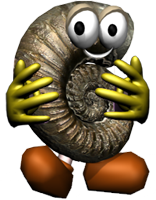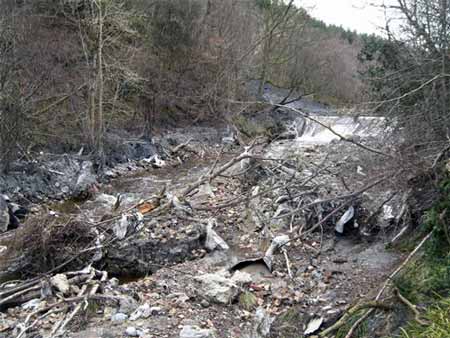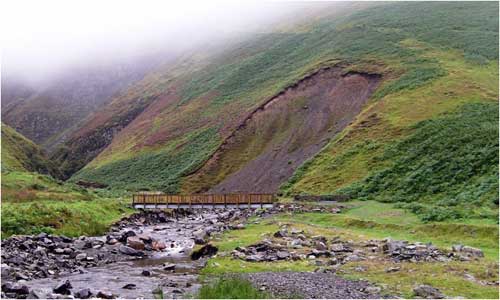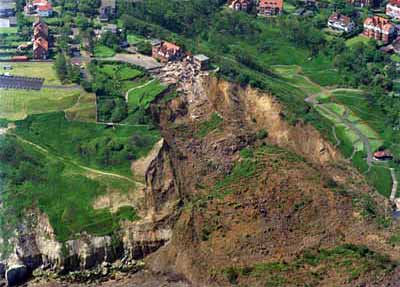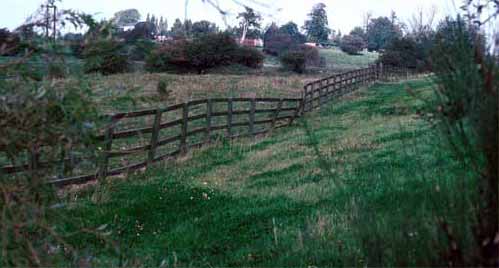Mass movements
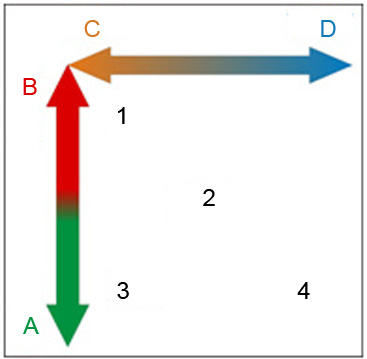 Gravity causes sections of cliffs and hills to move down slope. These are called mass movements.
Gravity causes sections of cliffs and hills to move down slope. These are called mass movements.
The relationship between speed and moisture content in the different types of mass movements.
- FAST
- SLOW
- DRY
- WET
- Creep
- Slide
- Fall
- Flow
Mass movements can be very dangerous because they can happen very quickly and involve entire hillsides.
Sometimes a mass movement will dam a river. A lake will form behind the dam. When the dam bursts, the lake will drain causing catastrophic flooding.
Rivers 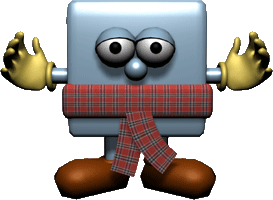 can erode the base of a slope and cause a mass movement. Heavy rain and earthquakes
can erode the base of a slope and cause a mass movement. Heavy rain and earthquakes 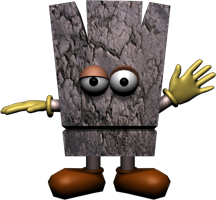 can also trigger a mass movement.
can also trigger a mass movement.
Mass movement deposits are shown in green on the superficial geology map of the Falkland Islands.
Geological maps 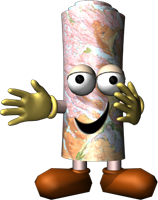 can show if a mass movement is likely to happen. On the landslide hazard map of Loughborough, UK, areas shown in dark colours are more likely to have landslides than areas shown in light colours.
can show if a mass movement is likely to happen. On the landslide hazard map of Loughborough, UK, areas shown in dark colours are more likely to have landslides than areas shown in light colours.
Types of mass movement
Mass movements can be divided into four main classes. These are falls, slides, creeps and flows. The classes are based on how quickly the rock  and sediment
and sediment  moves and how much water
moves and how much water 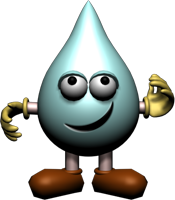 there is.
there is.
Steep and unstable slopes are more likely to have a mass movement than gentle and stable slopes.
A fall or topple happens when rocks and other sediments fall through the air and land at the bottom of a slope.
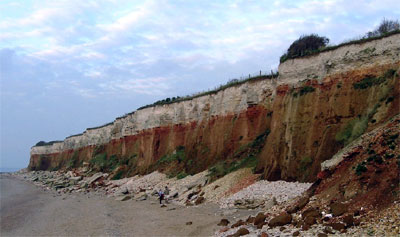
Flows are a mixture of water, rock and sediment. They move very quickly. Large flows can bury entire villages. Smaller flows can block roads.
Some volcanoes  are covered with snow and ice. If they erupt, melted snow and ice mixes with mud and volcanic ash and flows down mountain. Volcanic flows are called lahars.
are covered with snow and ice. If they erupt, melted snow and ice mixes with mud and volcanic ash and flows down mountain. Volcanic flows are called lahars.
A slide happens when a section of soil or rock suddenly gives way and moves down a slope. The material moves as a single mass along a slippery zone. The slippery zone is often made up of wet sediment.
Creep is a very slow mass movement that goes on for years or even centuries. You can't see creep happening but leaning fences and poles and broken retaining walls show where it has taken place.
« Back 


